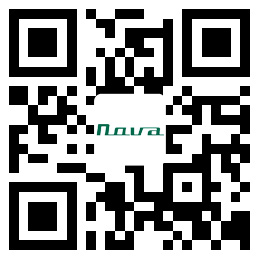- Español
- Português
- русский
- Français
- 日本語
- Deutsch
- tiếng Việt
- Italiano
- Nederlands
- ภาษาไทย
- Polski
- 한국어
- Svenska
- magyar
- Malay
- বাংলা ভাষার
- Dansk
- Suomi
- हिन्दी
- Pilipino
- Türkçe
- Gaeilge
- العربية
- Indonesia
- Norsk
- تمل
- český
- ελληνικά
- український
- Javanese
- فارسی
- தமிழ்
- తెలుగు
- नेपाली
- Burmese
- български
- ລາວ
- Latine
- Қазақша
- Euskal
- Azərbaycan
- Slovenský jazyk
- Македонски
- Lietuvos
- Eesti Keel
- Română
- Slovenski
- मराठी
- Srpski језик
The precaution of using the massage gun
2022-02-11
1. Bone protrusion of upper and lower limbs(massage gun)
On the outside of the knee joint, there is a bulge at the upper end of the lower leg, called the fibular capitulum. It is surrounded by the common peroneal nerve, which is very superficial. If it is injured, it will have foot ptosis, unable to back extend the toes, sensory disturbance of the foot, etc., and the fascia gun cannot touch around the fibular capitulum. In front of the knee joint is the protrusion of the tibial tubercle, which cannot be hit with a fascia gun.
The inner side of the elbow joint is the place where the ulnar nerve groove passes through. Sometimes the forearm will be numb when touching here. Because the ulnar nerve is very superficial here, you can't touch it with a fascia gun here. The anterolateral side of the shoulder joint, anatomically called the great tubercle, is the place where the rotator cuff is attached, and can not be touched with a fascia gun.
2. Around the neck(massage gun)
There are many nerves and blood vessels passing through the side and front of the neck, and there are nerve reflex receptors, which are very sensitive and fragile. If fascia guns are used in these places, there is a great risk.
3. Around the clavicle, armpit, upper arm and popliteal fossa(massage gun)
These places are full of important nerves and blood vessels such as the brachial plexus and its branches, superior clavicular artery and brachial artery. The popliteal fossa refers to the fossa behind the knee joint, in which there are popliteal arteries and nerves, and the position is shallow. Once the injury is very serious, these positions cannot be hit directly with a fascia gun.

On the outside of the knee joint, there is a bulge at the upper end of the lower leg, called the fibular capitulum. It is surrounded by the common peroneal nerve, which is very superficial. If it is injured, it will have foot ptosis, unable to back extend the toes, sensory disturbance of the foot, etc., and the fascia gun cannot touch around the fibular capitulum. In front of the knee joint is the protrusion of the tibial tubercle, which cannot be hit with a fascia gun.
The inner side of the elbow joint is the place where the ulnar nerve groove passes through. Sometimes the forearm will be numb when touching here. Because the ulnar nerve is very superficial here, you can't touch it with a fascia gun here. The anterolateral side of the shoulder joint, anatomically called the great tubercle, is the place where the rotator cuff is attached, and can not be touched with a fascia gun.
2. Around the neck(massage gun)
There are many nerves and blood vessels passing through the side and front of the neck, and there are nerve reflex receptors, which are very sensitive and fragile. If fascia guns are used in these places, there is a great risk.
3. Around the clavicle, armpit, upper arm and popliteal fossa(massage gun)
These places are full of important nerves and blood vessels such as the brachial plexus and its branches, superior clavicular artery and brachial artery. The popliteal fossa refers to the fossa behind the knee joint, in which there are popliteal arteries and nerves, and the position is shallow. Once the injury is very serious, these positions cannot be hit directly with a fascia gun.





